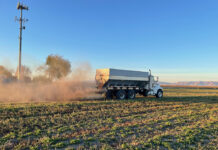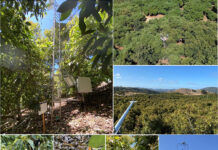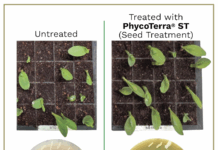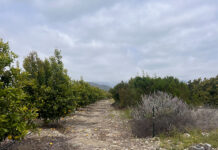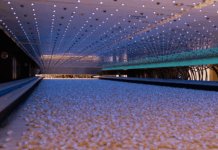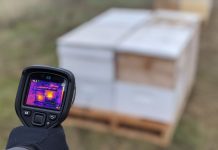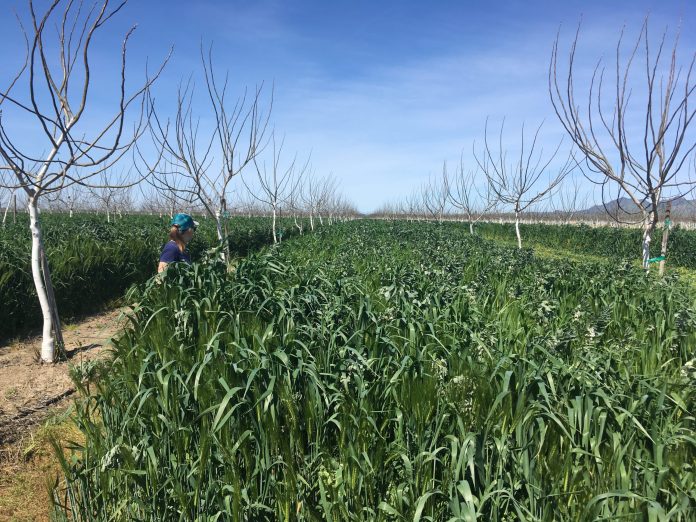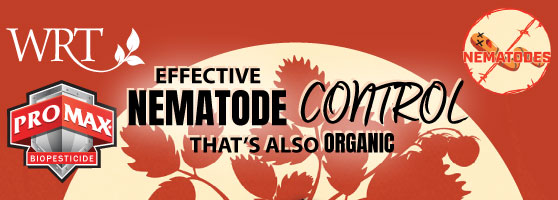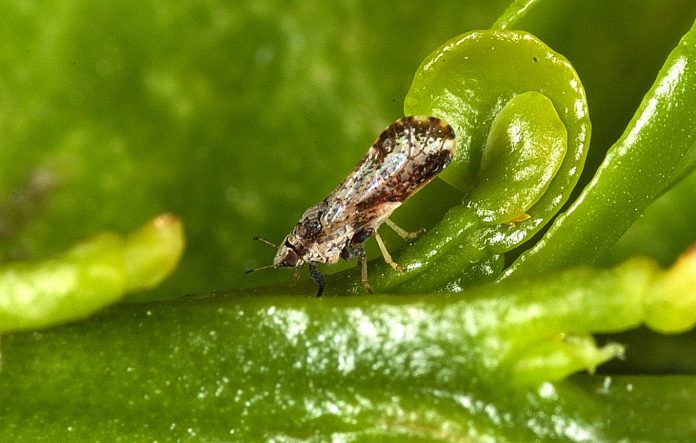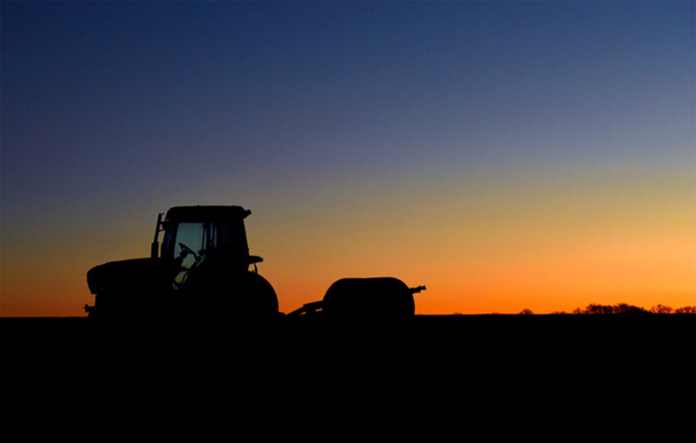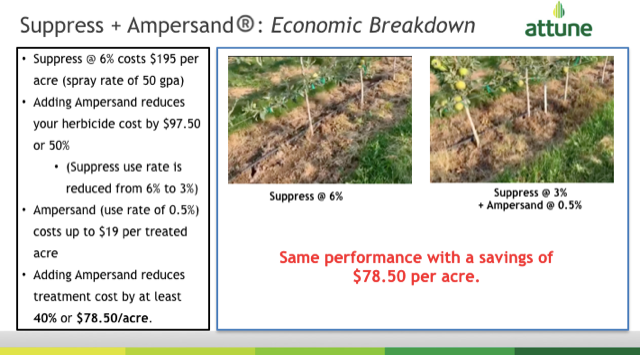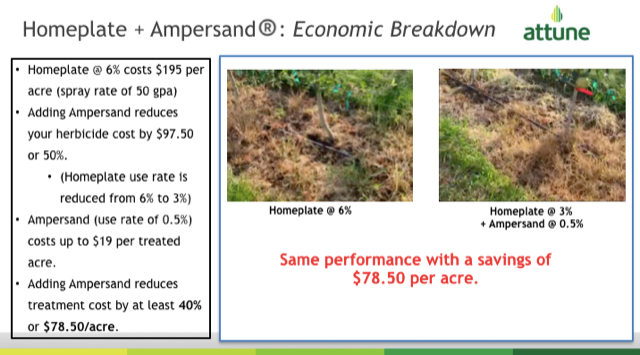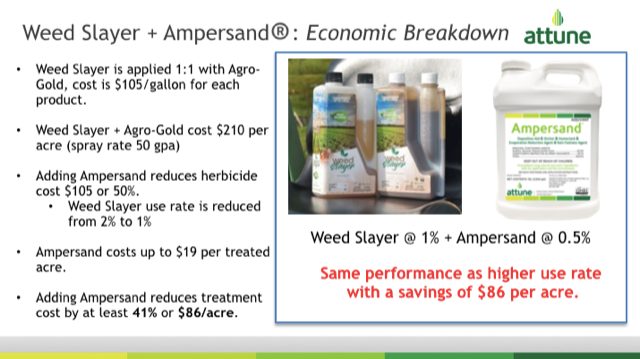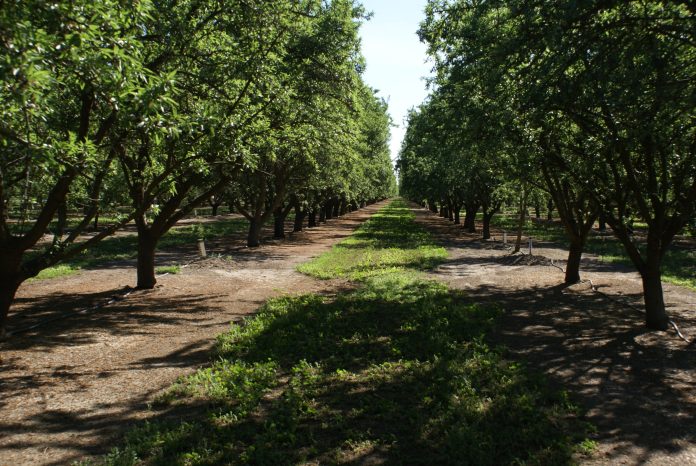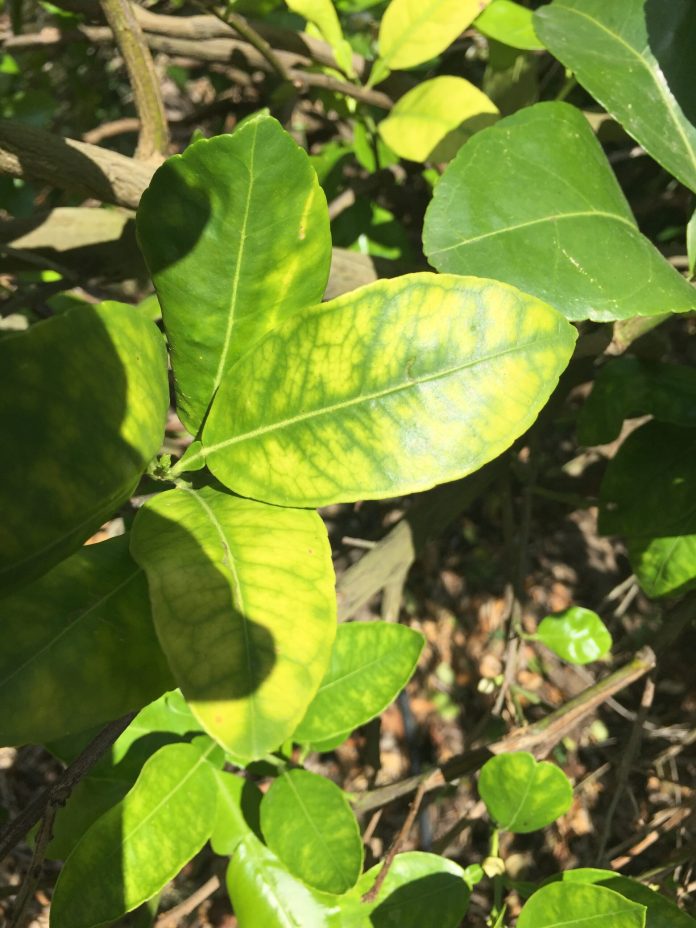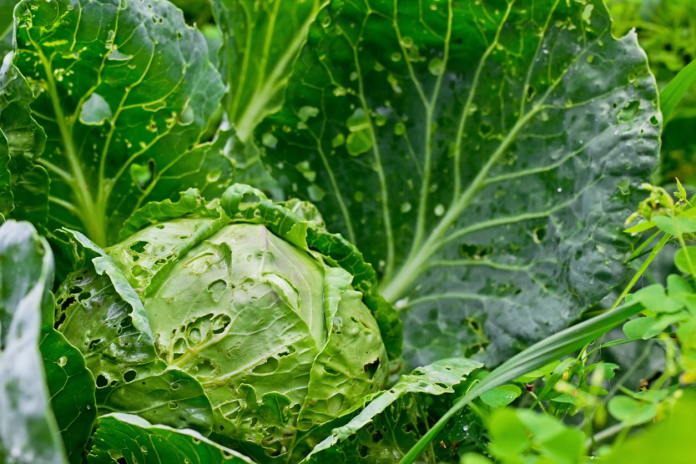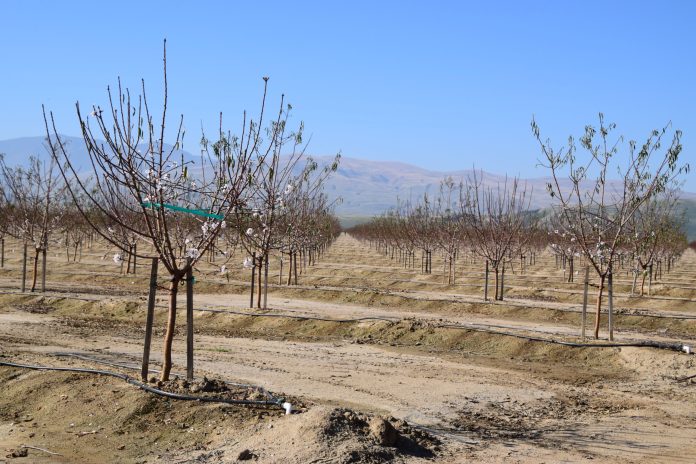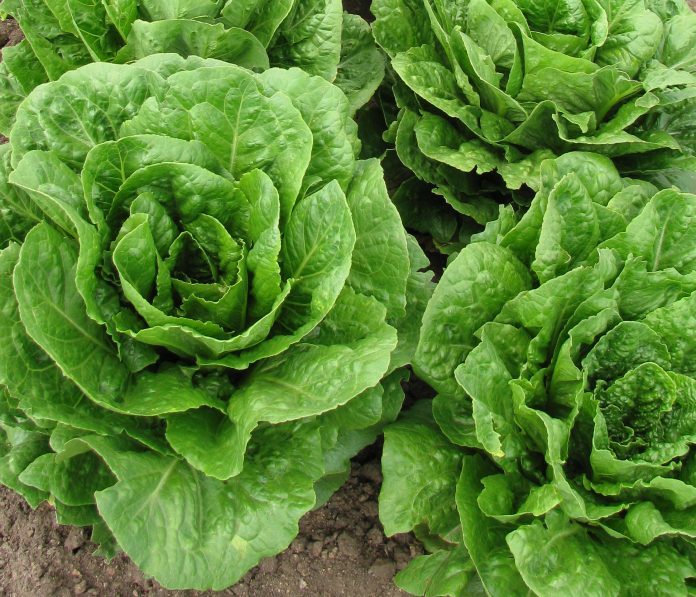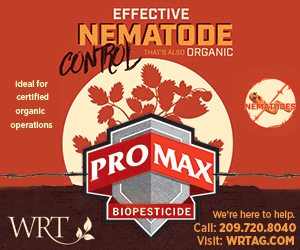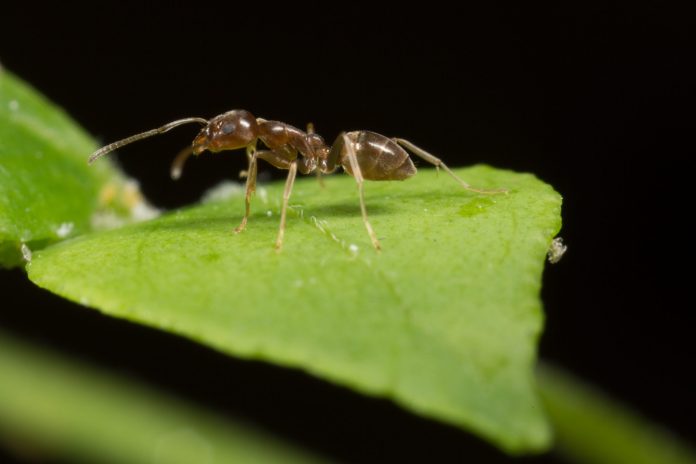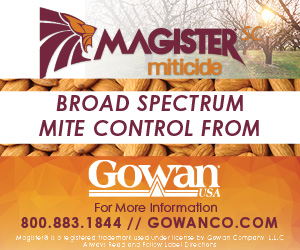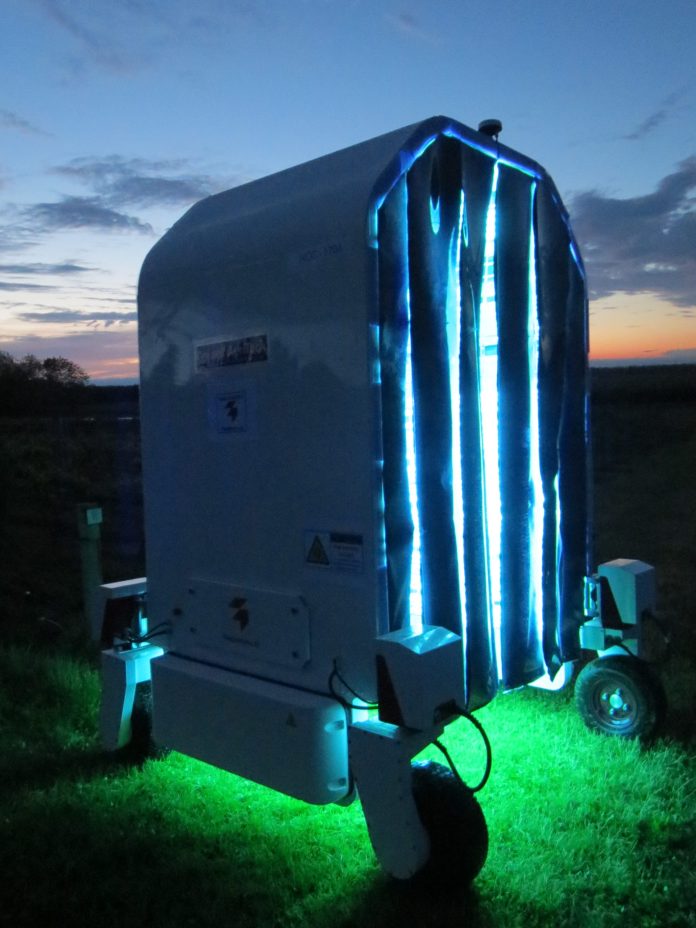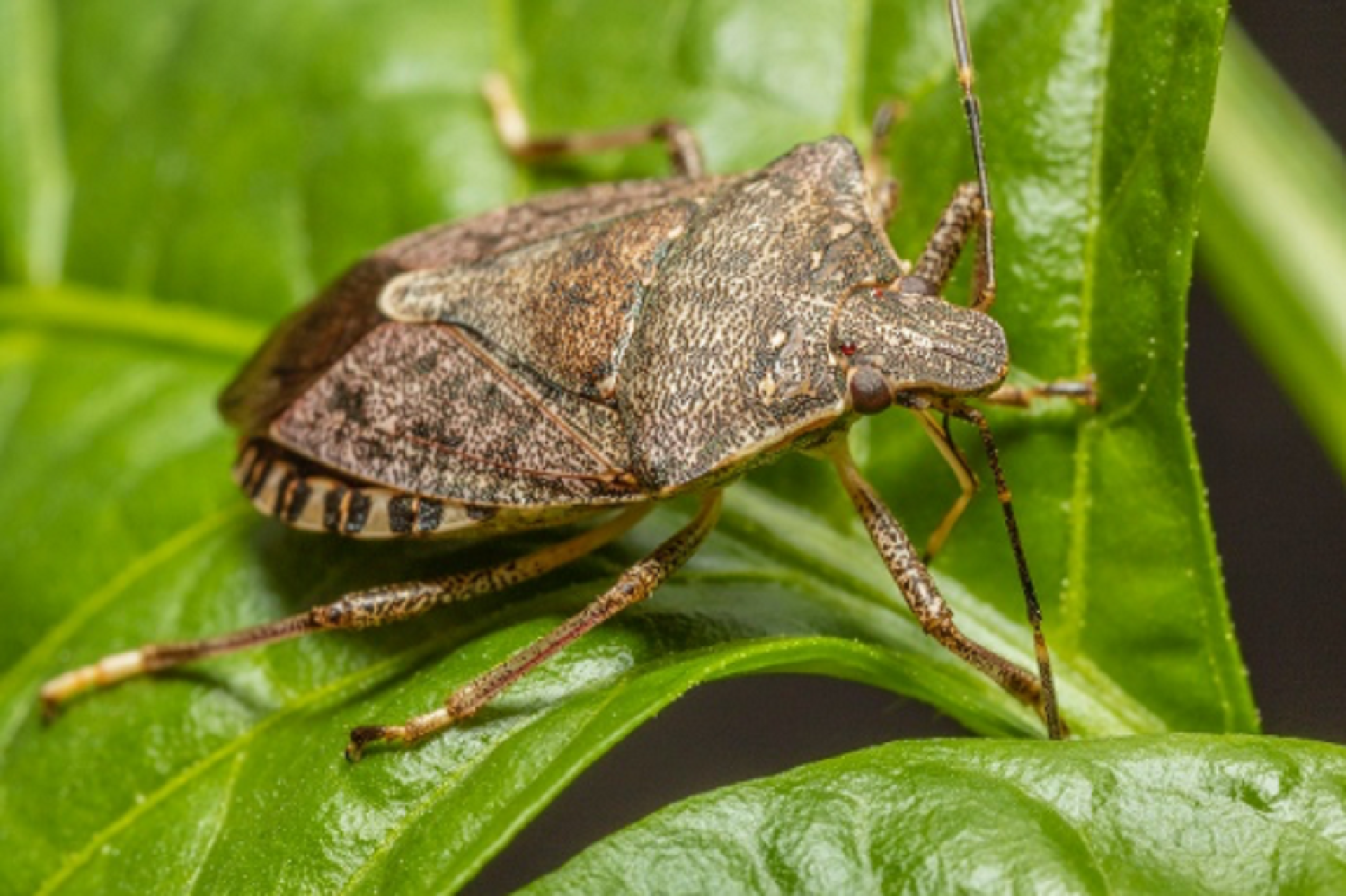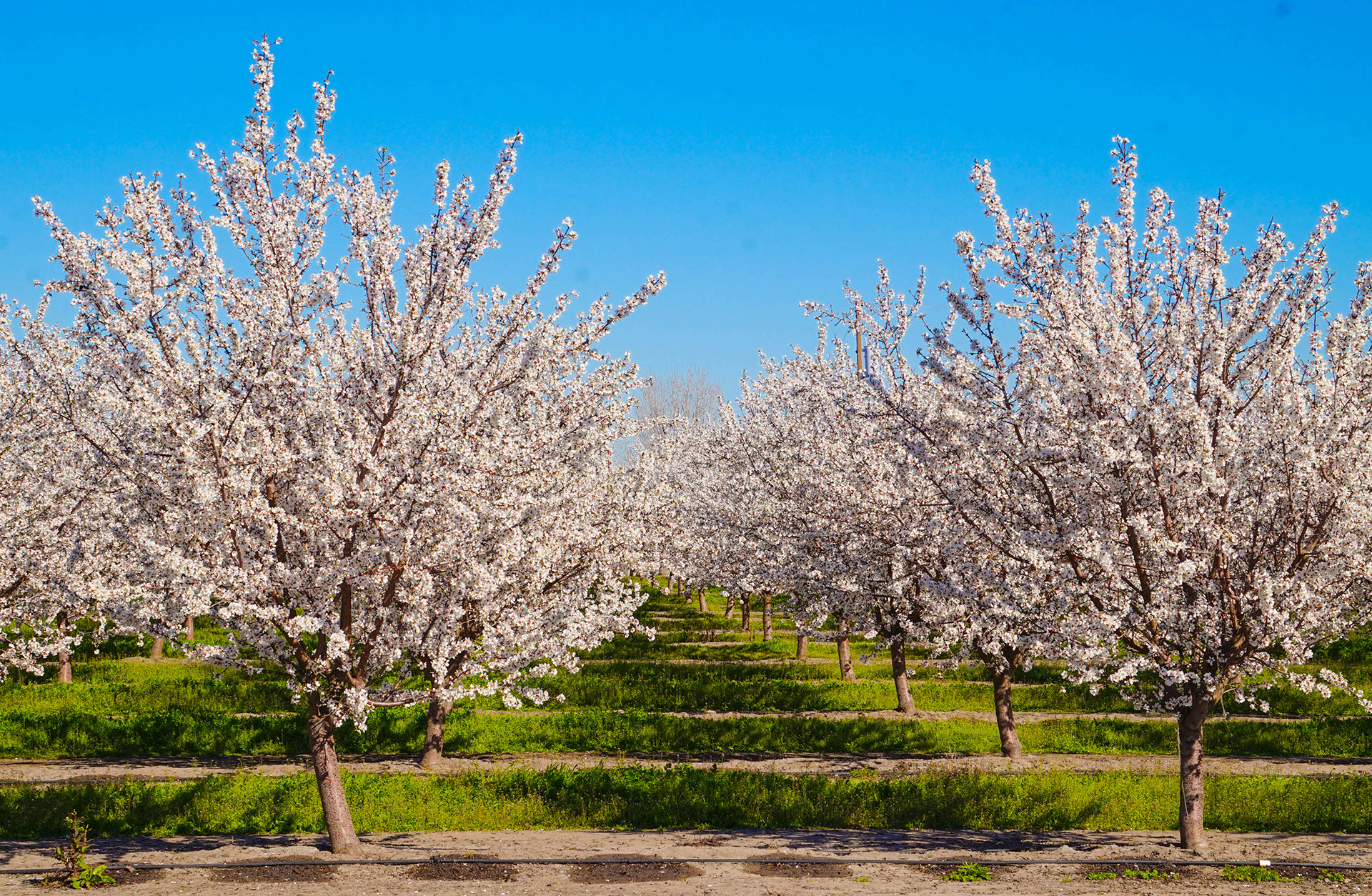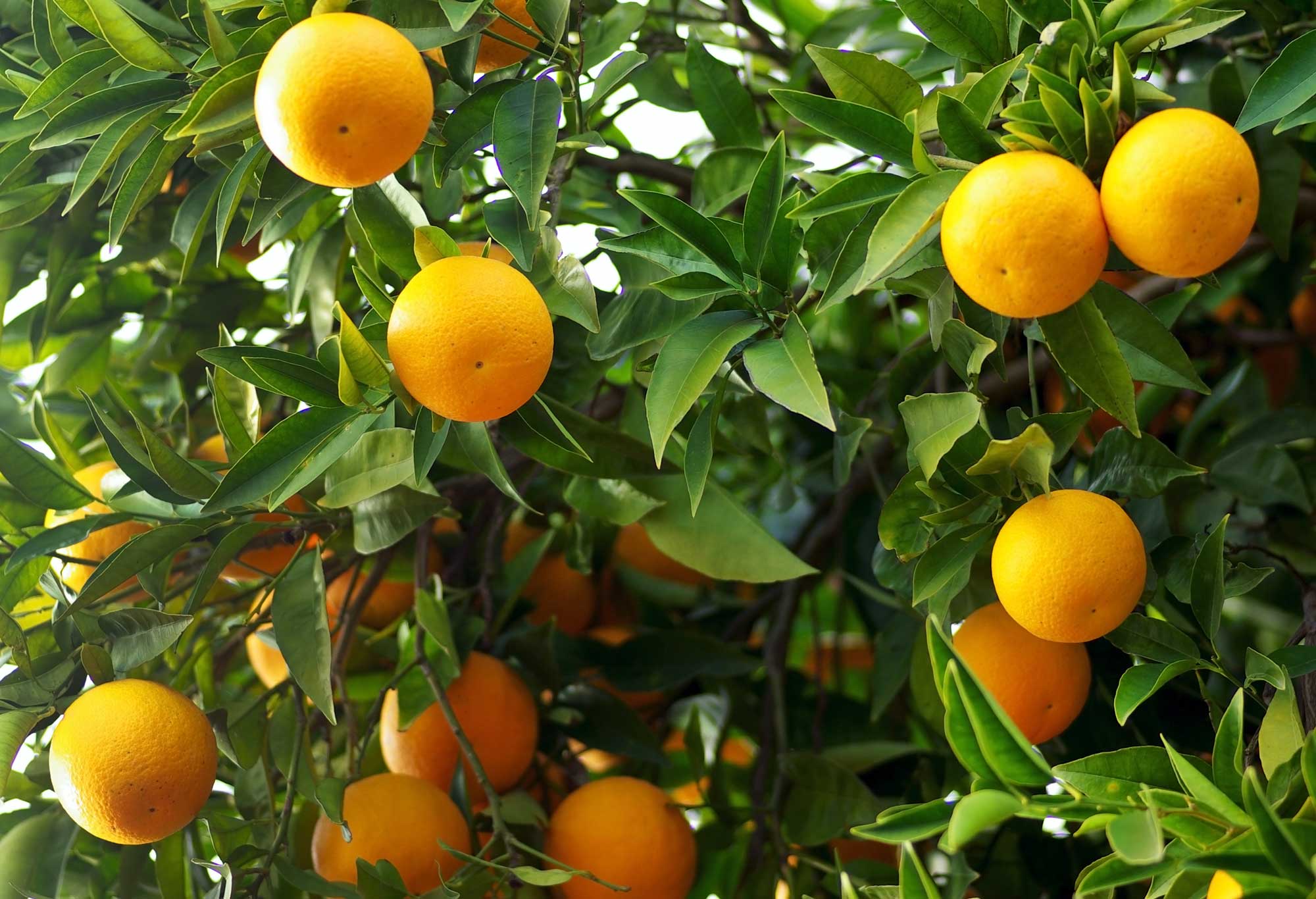Choosing the right seed to match the site and goals is key to getting desired benefits from a cover crop in nut orchards, according to speakers during a California Alliance for Family Famers webinar that focused on cover cropping in tree nut orchards.
Organic walnut grower Sean McNamara of Winters reported on his challenges and successes with choosing a cover crop seed mix, planting and stand establishment in his orchards.
McNamara said changes were necessary in orchard management to have a successful cover crop, but there were also some cover crop decisions made to match his management system.
As an organic grower, McNamara said nitrogen fixation was an important goal for his cover crops. He also wanted to mitigate soil compaction and add diversity to the seed mix. What he did not want was a lot of biomass in the orchard at the end of the growing season.
“With those parameters in mind, he also noted “if you can’t get it to grow, it is a waste of time and money.”
He advised paying attention to not just ratios of seed in mix, but also seeds by weight. Grass seed can overwhelm the cover crop mix due much higher numbers of seed per pound.
Kamprath Seeds representative Tom Johnson provided his ‘decision tree’ for choosing a cover crop. The ‘right’ one for a specific grower and orchard takes into consideration the orchard age, soil type, depth and infiltration rate. Rainfall amounts for germination, slope of the ground and available equipment are other factors. Grower or manager expertise with cover crops and the time available for management also play a role in cover crop seed selection.
Johnson covered reasons to plant a cover crop in an orchard and choosing a system that fits time and management capabilities.
“My advice is to start slow and simple, you can make it as complicated as you want later,” Johnson said. No one crop mix will deliver all the results desired, he said.
The main issue in the orchard that a grower wants to address with a cover crop will determine the seed mix and system that will work best.
An example is a crop planted to improve water infiltration. Brassicas and small grains grown in a plow down system would achieve that goal. A solution for nutrient management could be a legume mix with annual reseeding.
Wendy Rash with the Natural Resources Conservation Service presented information on the eVeg Guide on the NRCS website. The current map data gives information on suitability for seed mixes at valley locations. The site also includes a model for developing a cover crop seed mix, compatibility information and warnings for seed choices.
Additional resources for growers include CAFF’s Cover Crop Webpage, NRCS EQIP program and Project Apis m.’s Seeds for Bees program.


